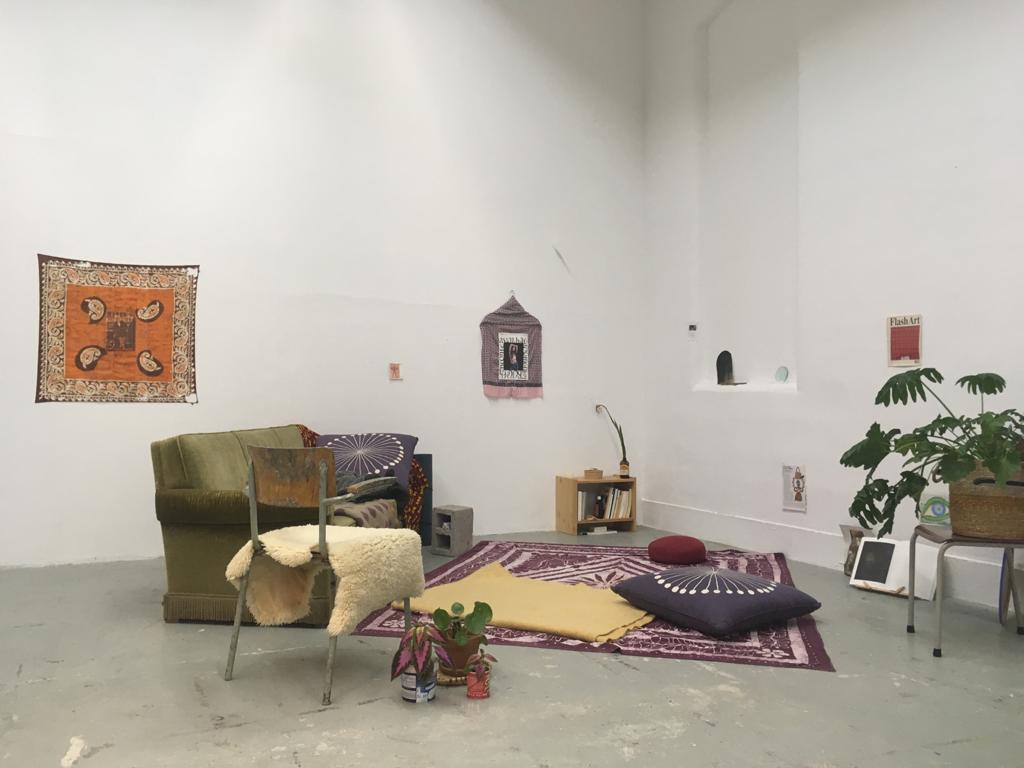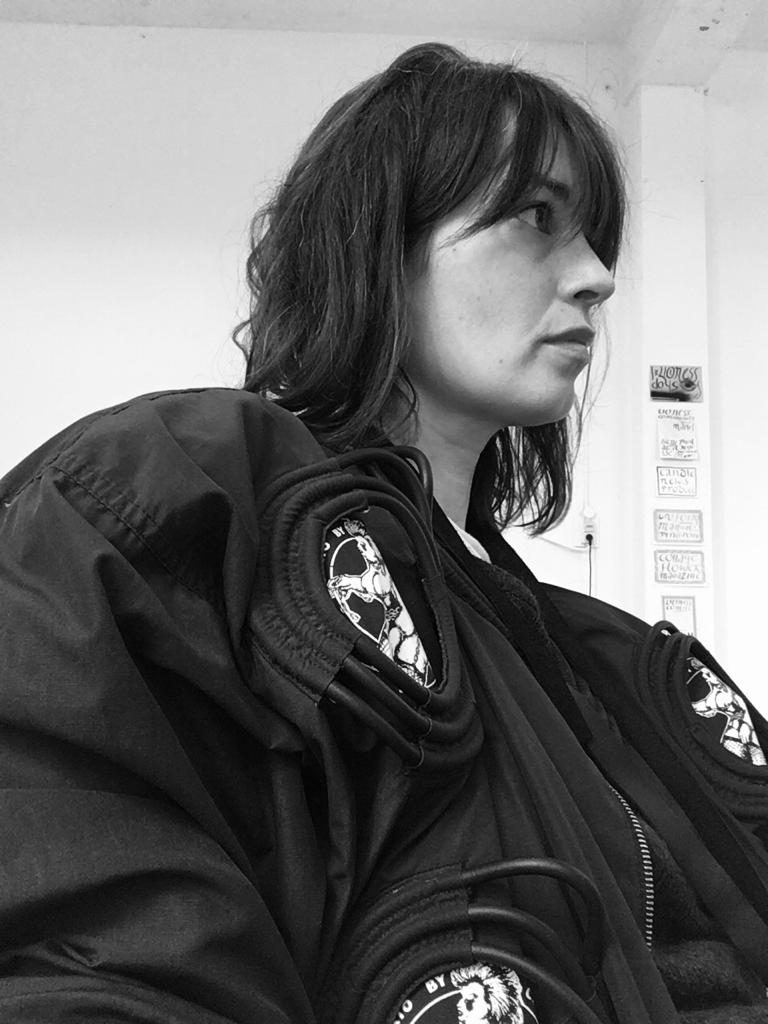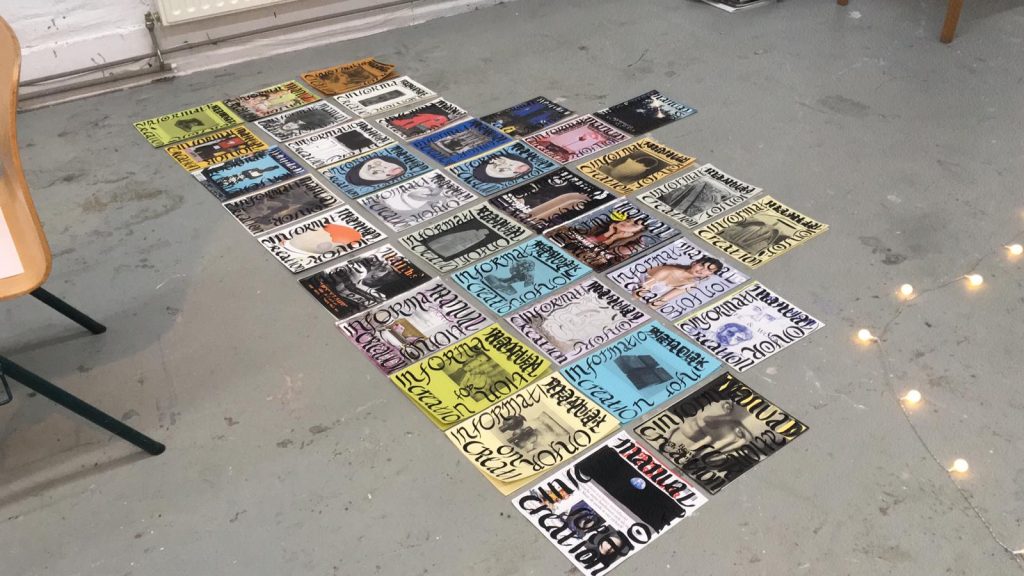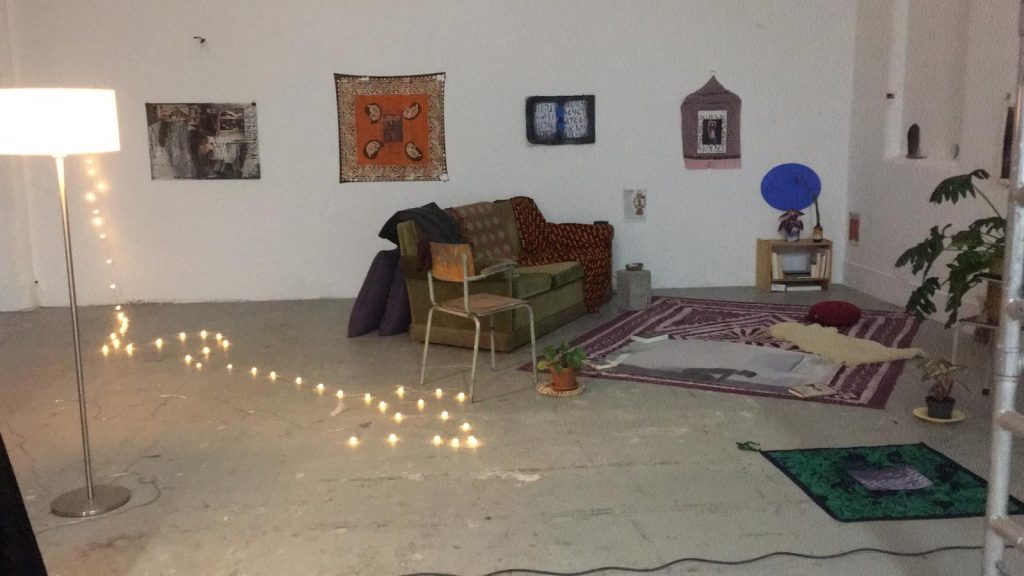
As an artist, how do you balance being simultaneously autonomous and engaged? This is what artist Lorelinde Verhees is investigating during her residency at Gastatelier Leo XIII. For four months, she will live and work in the studio in Tilburg. Seeking the most personal within herself, and yet remaining open to the world.

The life of an artist can be a nomadic existence, as Verhees well knows. As an artist, you are often on the move, always in a new place, travelling for an exhibition or residency. Moreover, for a long time Verhees did not have her own studio. ‘That’s why it’s especially important for me to feel at home within myself’, she relates.
For her residency at Gastatelier Leo XIII — an artists’ initiative that gives young artists an opportunity to develop their work and artistry over a four-month period — she was put in contact with art philosopher Aukje van Rooden. ‘We immediately clicked’, says Verhees. The two regularly discussed their work and their mutual interest in the relationship between engagement and autonomy.

An important text in these conversations has been an excerpt from Nietzsche’s philosophical work Thus Spoke Zarathustra. ‘In the story, the protagonist Zarathustra hears a voice asking him to speak out, to break himself open’, says Verhees. ‘This is an impossible task for him because it asks that he break open his autonomy. The passage, known as The Stillest Hour, is about searching for that which is deepest, the most personal. Once you bring that out, something breaks wide open, creating an opportunity to connect with others. And this allows the personal to form a bridge to the universal.’
‘In order to locate the personal, you sometimes have to withdraw’, says Verhees. ‘Ultimately, however, I want to share the value of this residency with the public; both regionally and nationally.’ The very act of exchange is central to her practice. In the studio, you can find a collection of newspapers, magazines, photographs, books and other objects that Verhees has found or that she has been given by others. Her earlier work also continually resurfaces. She edits and processes it within a different context, thereby creating new links and meanings.

Verhees studied photography at the Joost School of Art & Design in Breda and ‘s‑Hertogenbosch and subsequently obtained her master’s degree in Fine Art. She is curious about how the medium of photography works, and her art is often self-referential: it reflects on the medium itself. ‘I reveal the magic trick, but at the same time, I also show the beauty of the trick; the medium itself,’ says Verhees. She often combines the objects, photographs and texts she works with into an installation where objects and representations forge new bonds and relationships. ‘Working with tactile materials is important to me’, points out Verhees. ‘The object becomes a kind of helping hand, a coupling piece for reaching out to others and the world around me.’

A relatively new development in her practice is painting on newspapers. In almost calligraphy-like letters, she writes on photographs and articles. By virtue of this writing, Verhees creates a new layer that both obscures and reveals meaning. It is a way for her to incorporate a narrative element to her work. One that centres less on the content of a specific article than it does on its symbolic function. For her, the article represents not only a certain time, but also the news in general.
One of the painted newspaper photographs Verhees has placed on the studio floor is of Ruby, a nightclub dancer and the central figure in the so-called ‘Rubygate’ around Silvio Berlusconi. Italy’s former prime minister was suspected, and later acquitted, of the abuse of power and of sex with a minor. Verhees has adorned the photograph with a repeating pattern in watercolour, and it lies on a scarf with repeating floral and leaf patterns. ‘Ruby has taken on a symbolic function for women in these kinds of positions, close to power’, explains Verhees. The photograph is one of the elements she uses in her work to investigate the history of the position of women.

It strikes me that it seems natural for men to operate in networks and to help one another out. I think, as women, we can learn something from this. So, I think it’s important to keep asking myself: “What can I do? How can I use my network to help other women professionally?
Verhees believe that women are not sufficiently represented in the art world. She herself teaches at an art academy and notes a significant difference between the academy and the professional field after graduation. ‘At the academy, the majority of students are women’, she says. ‘After graduation, however, many women do not seem to be able to continue on as a professional artist. Men still account for 70 to 80% of the art world. In group exhibitions, I’m regularly one of the few women, or even the only one. It strikes me that it seems natural for men to operate in networks and to help one another out. I think, as women, we can learn something from this. So, I think it’s important to keep asking myself: “What can I do? How can I use my network to help other women professionally?” ‘
One of Verhees’ examples of this support is the writer Anaïs Nin, whose journals Verhees brought to the guest studio. ‘In her texts, Nin moves fluently from the subjective to the objective. She has a free way of expressing herself, and she has insight into the human psyche that I find incredibly appealing. She was closely involved with the artists around her and always tried to help them advance’, says Verhees.

One of the ways in which Verhees herself hopes to accomplish this is by organising an online market at the end of her residency at Gastatelier Leo XIII. Five per cent of the sales of her work will go to the Lioness Trust Fund that she founded. ‘With an emphasis on trust’, notes Verhees. The intention is for it to be a microfinance fund that provides small one-off contributions for artists who are actively producing work. It is one of the ways that Verhees is trying to bridge the gap between autonomy and engagement.
I want to make my voice heard and to be able to criticise. But, in doing so, I also want to offer a solution or an alternative.
‘I think of myself as an engaged person, and I think it’s important to talk to people, to look up people who are involved with local politics, for example, to let them know what we need as artists. I want to make my voice heard and to be able to criticise. But, in doing so, I also want to offer a solution or an alternative.’ Is she an activist? In response, Verhees states, ‘I don’t see myself as an activist, nor do I see much in the traditional form of the autonomous artist; the genius who’s placed high on a pedestal. I believe in dialogue and collaboration.’

Lorelinde Verhees’ residency will culminate with a short film to be produced in the guest studio in collaboration with artist and filmmaker Raquel Vermunt, Leo’s Markt (Instagram) and the Lioness Trust Fund. Links will soon be available on the website of Gastatelier Leo XIII. At a later date, a special issue of Collateral will appear that has been compiled by Aukje van Rooden and Lorelinde Verhees. Collateral is an online, peer-reviewed journal on aesthetics and philosophy.
Author: Merle Smeets

